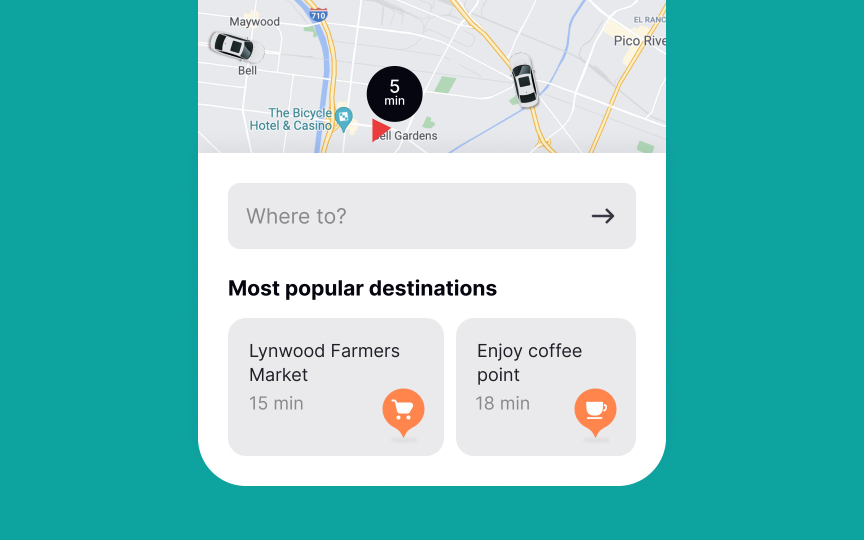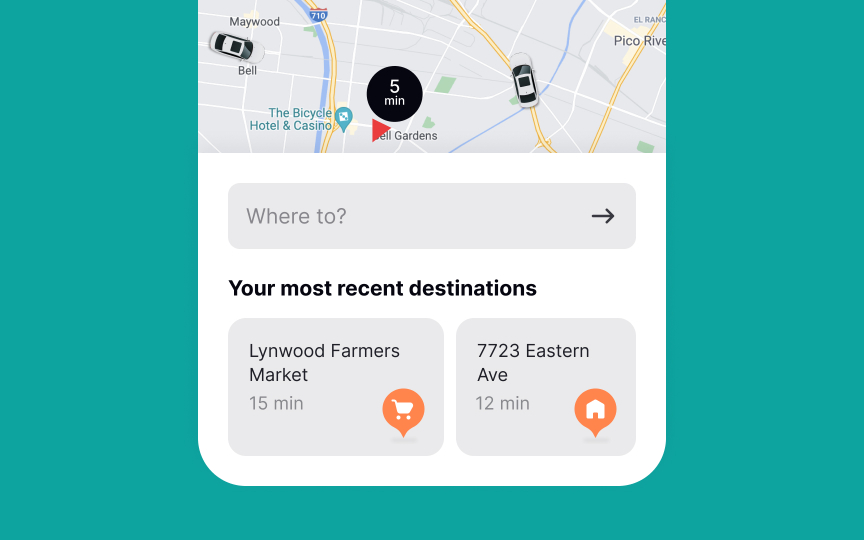Don't make users think more than needed
One of Susan Weinschenk's psychological principles states that people avoid working or thinking more than necessary. Our brains, wired for survival, are easily distracted.[1] They identify, label, and ignore things until they become relevant. Information patterns activate the brain’s reactive system, which is fast, automatic, and subconscious, requiring little thought.[2]
When users can't find quick solutions and have to rely on logic (the analytical system), they get frustrated and may abandon the product. How can designers and writers avoid this?
- Keep defaults upfront: Minimize cognitive load by ensuring the default settings match the most common user preferences. Place simple solutions in the most visible spots, following natural reading patterns. For example, in a Maps app, showing the most recent destination is more helpful than showing the most popular one, because recent use is often more relevant to users' current goal.
- Talk like users: UX writing should use familiar language to make feature recognition easy. When you use words that users already know, they can recognize them quickly without having to think too much, making interactions smoother.




